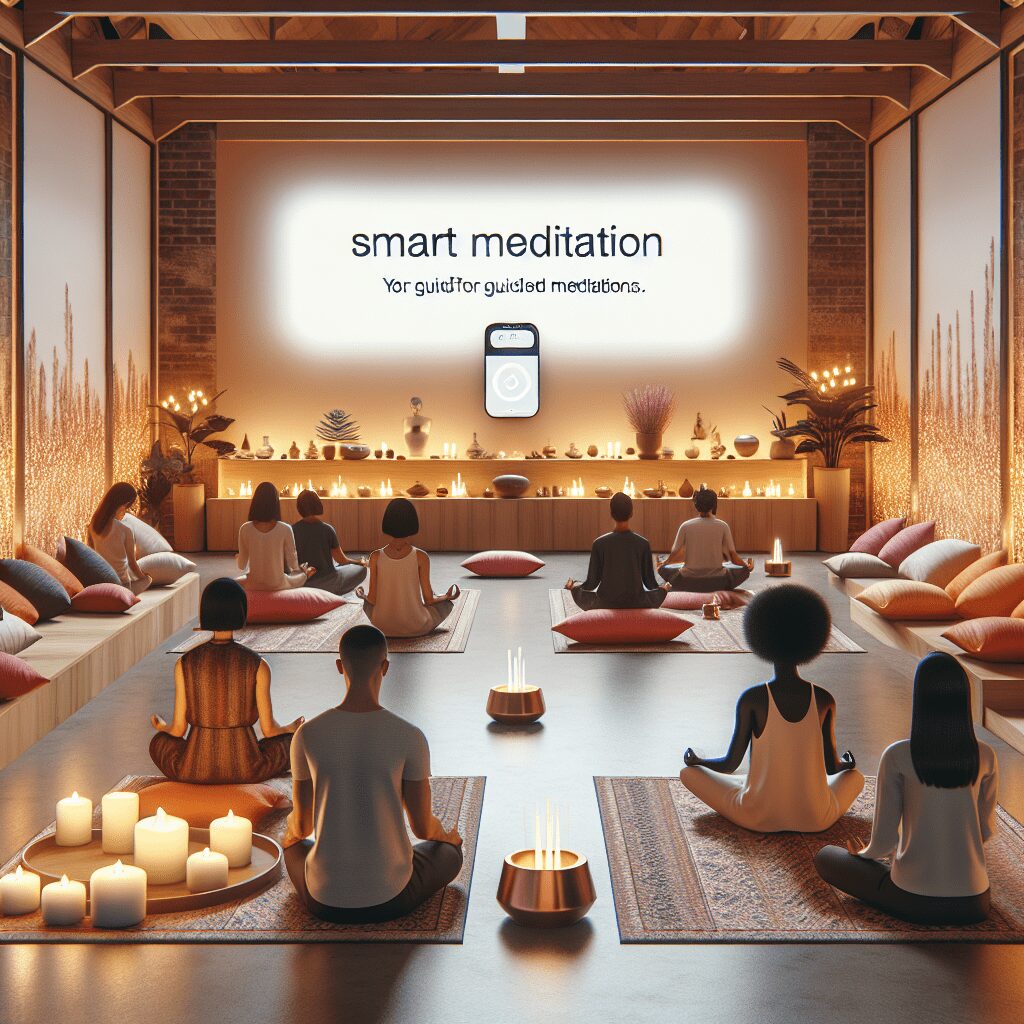
Prioritize your mental well-being daily. Enhance your life by nurturing your mental health with the Smart Meditation app. Break free from stress, alleviate anxiety, and enhance your sleep quality starting today.
How 2 Meditate?
Unveiling the Mysteries: A Beginner’s Guide to Meditation
Embarking on the journey of meditation can initially seem like trying to untangle a pair of earbuds that’ve been left in your pocket for far too long. However, fear not! By breaking down meditation into bite-sized pieces, you’ll find that it’s actually a breeze to incorporate into your daily routine. So, grab a comfy seat, and let’s dive into the world of mindfulness and inner peace.
The Groundwork: What Exactly Is Meditation?
At its core, meditation is a practice aimed at training the mind. Think of it as a workout for your brain, but instead of breaking a sweat, you’re striving toward enhancing focus, calmness, and even promoting a sense of well-being. With roots stretching back thousands of years, meditation encompasses a variety of techniques, including mindfulness, concentration, and visualization, to name a few. Despite this diversity, the essence of meditation is universal—developing a keen awareness of the present moment.
Meditation 101: Your Roadmap to Inner Peace
Ready to give it a whirl? Here’s your step-by-step guide to kick-starting your meditation journey.
-
Setting the Scene: First things first, find a quiet spot where you won’t be disturbed. Whether it’s a cozy corner of your bedroom or a tranquil spot outdoors, make sure it’s a place where you can relax without distractions.
-
Comfort is Key: Sit comfortably, whether on a chair, cushion, or the floor, ensuring your back is straight but not stiff. The goal here is to be so comfy that you’re not fidgeting every few minutes.
-
Timing is Everything: While there’s no hard and fast rule, starting with 5-10 minutes a day is a solid bet. You can gradually ramp this up as you become more at ease with the practice.
-
Focus on Your Breath: Close your eyes and take deep, slow breaths. Concentrate on the sensation of your breath entering and leaving your body. If your mind wanders (and it will!), gently bring your focus back to your breath. Remember, wandering thoughts are just part of the process, not a sign of failure.
-
End with Gratitude: Once your timer dings, don’t jump up immediately. Take a moment to slowly open your eyes and absorb your surroundings. A sense of gratitude for taking the time to meditate can set a positive tone for the rest of your day.
The Lingo: Decoding Meditation Speak
- Mindfulness: Being fully aware of the present moment, embracing each thought and sensation without judgment.
- Mantra: A word or phrase repeated during meditation to help maintain focus.
- Zen: A meditation practice focusing on observation and introspection.
The Wrap-Up: Elevating Your Practice
Once you’ve nailed down the basics, you might be itching to deepen your meditation experience. Here are a couple of pro tips:
- Mix It Up: Experiment with different meditation styles. Guided meditations, loving-kindness meditation, or even walking meditations can add some spice to your practice.
- Meditation Apps: In this digital age, a plethora of apps are at your fingertips, offering guided sessions, timers, and even meditation communities.
Remember, like any other skill, meditation takes practice. Don’t be too hard on yourself if your mind feels like it’s doing the cha-cha slide instead of calming down initially. With patience and persistence, you’ll find your meditation groove, leading to a more mindful, serene, and focused you. Happy meditating!





